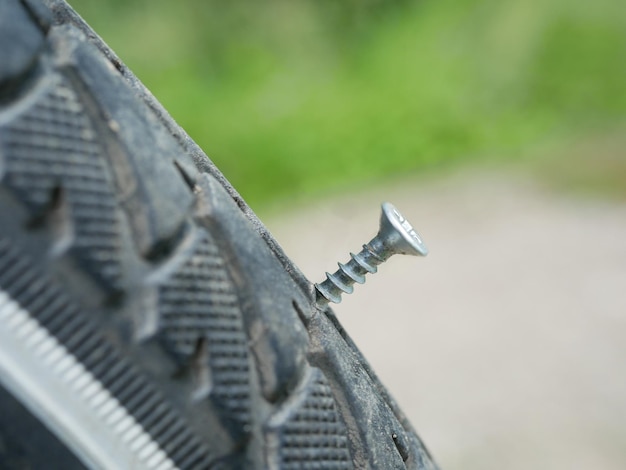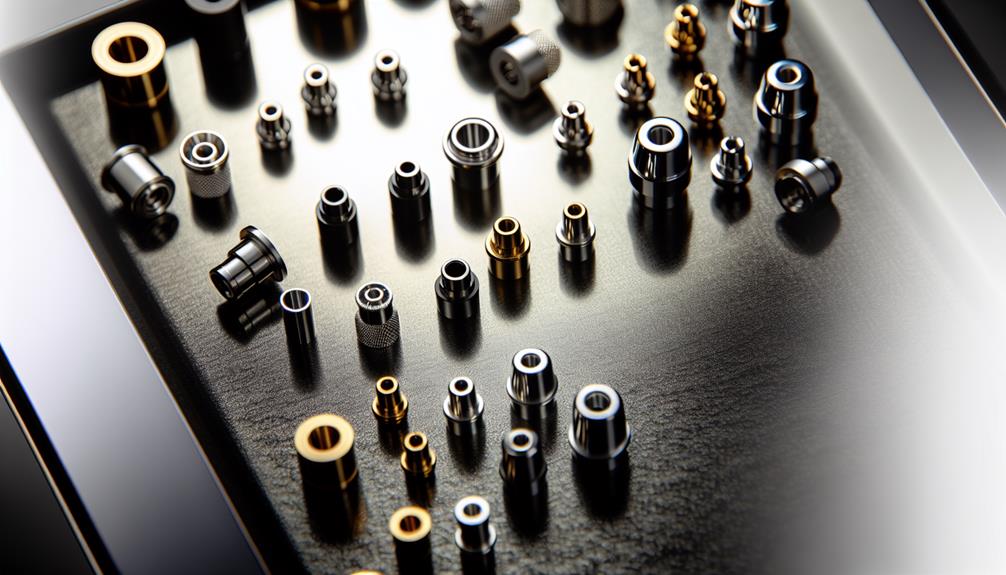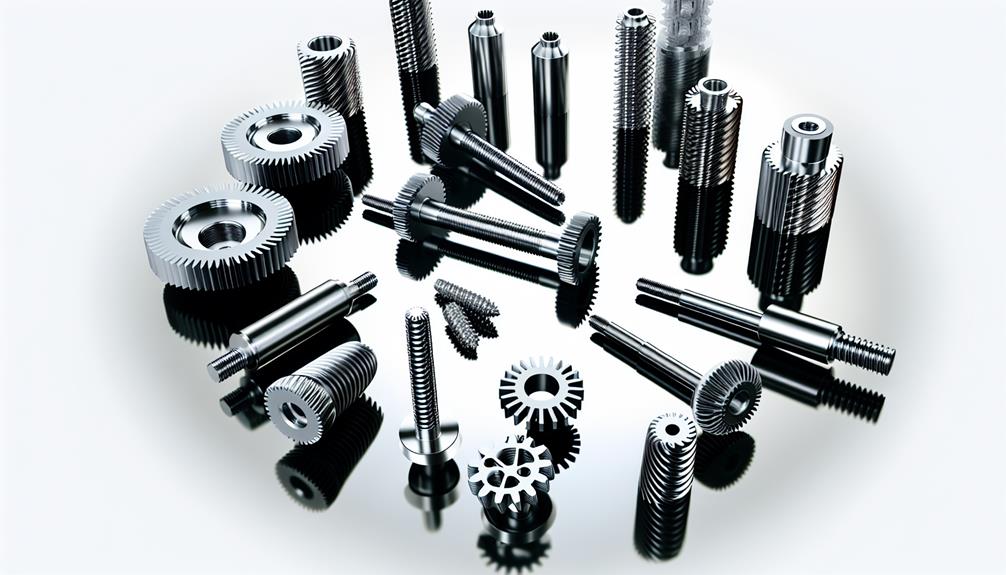Can Screw in Tire Be Repaired
In the realm of automotive maintenance, the question of whether a screw in a tire can be repaired is a matter of practical importance. This article aims to explore the feasibility of repairing such damage by examining steps to assess the extent of the damage, factors that must be considered before embarking on repair, and the tools and materials required for successful restoration.
By providing techniques for effective repair and emphasizing safety precautions throughout, this article seeks to inform readers about potential solutions to this common issue.
Key Takeaways
- Visually inspect the tire for visible signs of damage caused by the screw.
- Consider the size and location of the screw in the tire.
- Assess the age and condition of the tire.
- Safety precautions should be taken during the repair process.
1. Steps to Assess the Damage

In order to properly assess the damage to a screw-in tire, it is necessary to follow a series of steps.
The first step involves visually inspecting the tire for any visible signs of damage caused by the screw. This includes looking for punctures or tears in the tread area, sidewalls, or even the inner lining of the tire. It is important to note that some damage may not be immediately visible and may require further investigation.
The next step involves checking the air pressure in the affected tire. If there is a significant drop in pressure, it could indicate that the screw has caused a puncture that needs repair. Additionally, examining whether there are any bulges or deformities on the surface of the tire can provide valuable information about its condition.
Finally, it is crucial to examine if there are any signs of leakage around the area where the screw entered. This can be done by applying soapy water to that specific spot and observing if any bubbles form, indicating air escaping from within.
Considering these factors before repairing a screw-in tire will help determine whether repair is possible or if replacement is necessary.
2. Factors to Consider Before Repairing

Before considering whether a repair is viable, various factors should be taken into account.
The first factor to consider is the size and location of the screw in the tire. If the screw is small and located in the tread area, it may be possible to repair the tire. However, if the screw is large or located near the sidewall, a repair may not be feasible due to safety concerns.
Another important factor is the age and condition of the tire. If the tire is already worn out or has significant damage in addition to the screw, it may be more cost-effective to replace it rather than attempting a repair.
Additionally, it is crucial to assess whether there are any other punctures or damages on the tire that could affect its structural integrity. If multiple punctures are present or if there are signs of severe wear and tear, repairing may not be recommended as these issues can compromise overall tire performance and safety.
Considering these factors will help determine whether a repair is a suitable option for dealing with a screw in a tire. Once this assessment has been made, one can proceed by gathering tools and materials needed for repair...
3. Tools and Materials Needed for Repair

One essential aspect to consider when preparing for a repair is the selection of appropriate tools and materials. Having the right tools and materials is crucial in ensuring a successful and effective repair of a screw in a tire. Here are four key items to include in your repair toolkit:
1. Tire Repair Kit: A tire repair kit typically includes items such as plugs, patches, lubricant, and an insertion tool. These tools allow you to seal punctures caused by screws or other sharp objects.
2. Rubber Cement: Rubber cement is used to enhance the adhesion between the patch and the tire surface. It provides a strong bond that helps prevent air leakage.
3. Pliers: Pliers are useful for removing nails or screws from the tire's tread without causing further damage.
4. Tire Pressure Gauge: Checking the tire pressure before and after the repair process is important to ensure proper inflation levels.
By having these tools and materials readily available, you can efficiently address any screw-related issues with your tires.
Now let's explore some techniques for repairing a screw in a tire without causing further damage or compromising safety during driving.
4. Techniques for Repairing a Screw in a Tire

To effectively address an issue with a screw in a tire, it is essential to employ appropriate techniques that minimize further damage and prioritize safety during driving.
One technique is to first locate the puncture site by inspecting the tire visually or using soapy water. Once located, the next step involves removing the screw carefully using pliers or a similar tool. It is crucial to avoid any excessive force that could potentially worsen the situation.
After removing the screw, it is recommended to evaluate the size and depth of the hole caused by the screw. This can be done by inserting a probe into the hole or using special tools designed for this purpose. If the hole is small and shallow, it may be repairable without needing professional assistance. However, if it is large or deep, seeking help from a professional tire repair service may be necessary.
Transitioning into safety precautions and tips for successful repair, it is important to note that while attempting to fix a screw in a tire oneself may seem like a cost-effective solution, one must exercise caution at all times. Prioritizing personal safety and following proper procedures are vital when undertaking such repairs.
5. Safety Precautions and Tips for Successful Repair

Safety precautions and tips for successful repair include:
- Ensuring that the work area is well-lit and free from any potential hazards. This is crucial to minimize the risk of accidents or injuries during the repair process.
- Using appropriate safety equipment such as protective gloves and eye goggles to prevent harm from sharp objects or chemicals involved in the repair.
- Following manufacturer guidelines provided with the tire repair kit. This ensures proper usage of tools and materials, increasing the chances of a successful repair.
- Thoroughly inspecting the tire before attempting any repairs. Look for additional punctures or damages that may require professional assistance or replacement.
- Seeking professional help if uncertain about the ability to safely and effectively repair the tire. Consulting with a professional mechanic can provide expert advice or handle the repair themselves.
In conclusion, repairing a screw in a tire requires careful assessment of the damage and consideration of various factors. It is important to have the necessary tools and materials for a successful repair, while also taking safety precautions into account.
One interesting statistic to note is that according to a study conducted by the Rubber Manufacturers Association, tire-related crashes are responsible for approximately 11,000 injuries each year in the United States alone. Therefore, prompt and proper repair of screw damage can contribute to reducing these numbers and ensuring safer road conditions.




